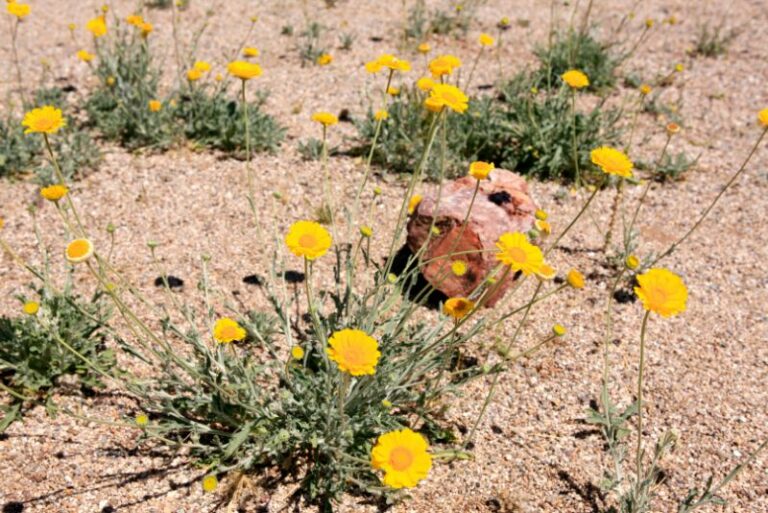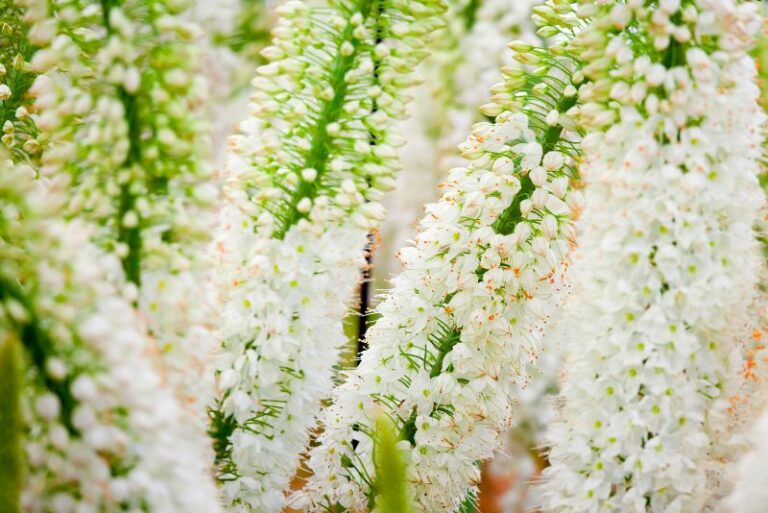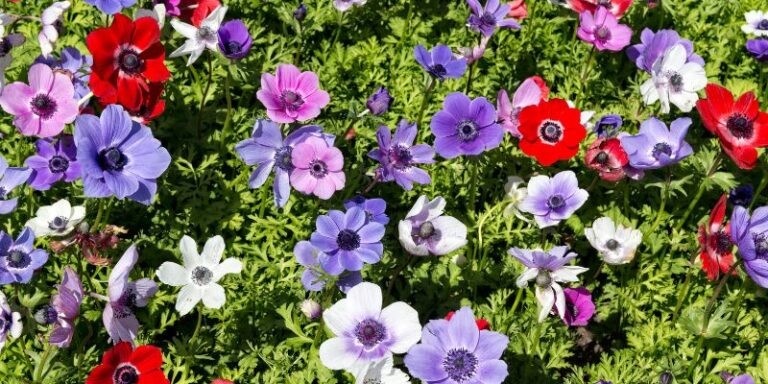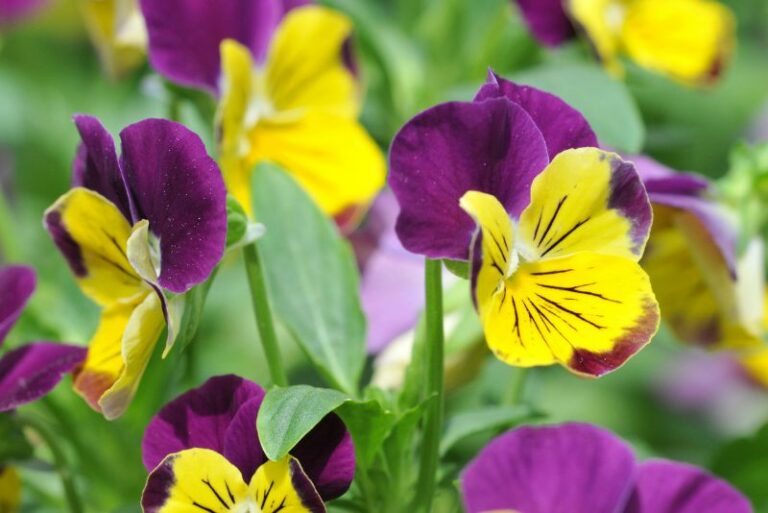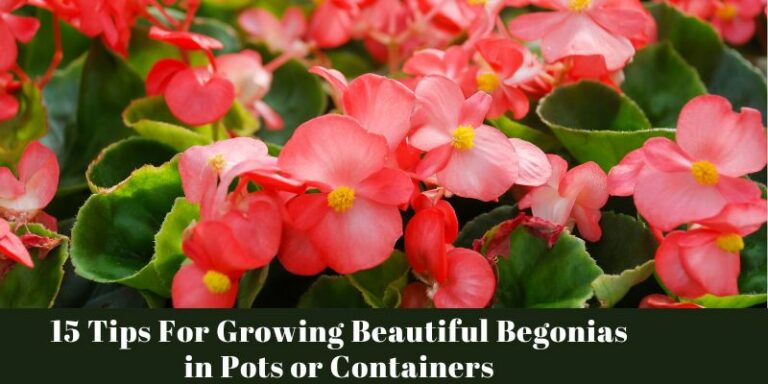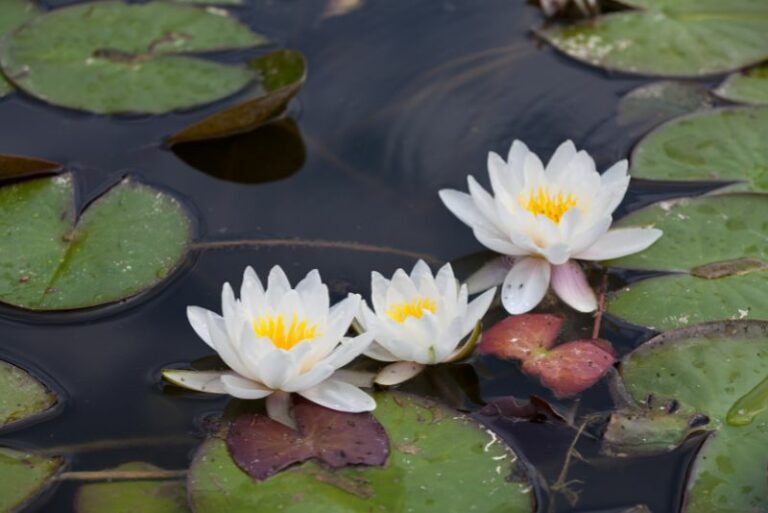How to Grow Gazanias: A Gardening Guide
Gardeners and plant enthusiasts alike are drawn to the vivid hues and low-maintenance charm of gazanias. These stunning blooming perennials are a perfect addition to any garden, lending a splash of color that rivals even the most vibrant sunset. If you’re looking to cultivate your slice of green paradise with gazanias, you’re in the right place. This comprehensive guide is tailored to home gardeners who wish to master the art of growing gazanias, from understanding the plant’s requirements to nurturing it through every season.
Unveiling the Delight of Gazanias
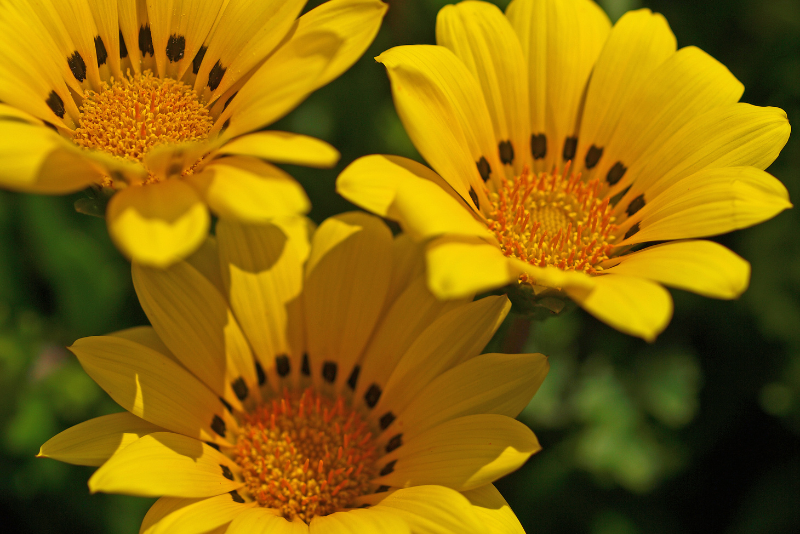
Gazanias, native to Southern Africa, belong to the daisy family and are celebrated for their spectacular, daisy-like flowers and thick, silvery-green foliage. A garden adorned with these gems resonates a serene, desert-like elegance. Their appeal is not limited to their aesthetic contribution; gazanias are lauded for their hardiness and resilience, making them a favorite plant for spaces that need a touch of sustainable beauty.
Understanding Gazanias
The Gazania Plant Profile
Gazanias (Gazania rigens) are strong, tufted plants that typically spread low, covering the ground in a carpet of color. Their flowers, reminiscent of the sun, are available in a rainbow spectrum, featuring shades of red, yellow, orange, and pink. Their blooms open with the sun’s rise and close at dusk or on cloudy days, contributing to their sun-inspired aesthetic.
Varieties and Color Palette
Gardeners are spoiled for choice with an array of gazanias, distinguished by their flower colors, petal shapes, and leaf forms. Key varieties include the ‘Tiger Stripe’ series, ‘New Day’ hybrids, and the treasure trove of colors found within the ‘Big Kiss’ series.
Growing Conditions for Gazanias
Basking in Sunshine
Gazanias thrive in full sunlight, soaking up its warm rays to fuel their flower production. They are true sun-lovers, often used in landscaping to brighten up hot, dry areas that might be challenging for other plants.
Soil Must-Haves
Well-draining and slightly acidic soil is a must for gazanias. They detest sitting in waterlogged soil, as excessive moisture can lead to root rot. Amending sandy or clay soils with organic matter can help create the ideal growing medium.
Watering to Perfection
Gazanias are drought-tolerant once established, but young plants need consistent watering to encourage strong root development. Less is more with mature plants; an occasional deep watering is preferable over frequent, shallow ones.
Planting and Care Tips for Gazania
Setting Down Roots
Spring, after the last frost, is an ideal time for planting gazanias. Allow enough space for them to spread, usually around 12 to 24 inches apart, and gently compact the soil around the plant base to eliminate air pockets.
Nurturing and Pruning
Deadhead spent flowers to promote a longer blooming season. Prune the plants after the growing season to maintain shape and encourage new, healthy growth. If the gazanias become leggy, give them a light trim to promote bushier foliage.
Pests and Diseases
Gazanias are generally resistant to pests and diseases, but insects like aphids and mites can occasionally be a nuisance. Regular inspection and prompt action are key to keeping your plants healthy.
Seasonal Care Guide
Spring and Summer: The Time of Growth and Blooms
A consistent watering schedule will help gazanias establish a healthy root system during these growth-intensive seasons. Fertilize with a low-nitrogen, high-potassium food to encourage prolific flowering.
Fall and Winter: Preparing for Rest
Reduce watering as temperatures cool, and stop fertilizing by the end of summer to signal the plants to enter their dormant phase. Protect gazanias from severe frost by covering them with a frost cloth.
Troubleshooting Common Issues for Gazanias
Yellowing Leaves
Yellow leaves can be a sign of overwatering, lack of sunlight, or poor soil drainage. Assess the growing conditions and adjust as necessary to restore the plant’s health.
Poor Flowering
Insufficient sunlight is the primary reason for gazanias not blooming. Ensure they receive at least 6 to 8 hours of direct sunlight each day to witness their full blooming potential.
Overwatering Woes
Too much water can lead to root rot and a decline in plant vigor. Check the soil moisture before watering and consider relocating the gazanias if the site is prone to standing water.
Conclusion: Cultivating Gazanias with Finesse
Gazanias are a testament to the beauty that can flourish with minimum attention. By adhering to this detailed guide and using the insights shared, you are on your way to becoming a gazania-growing expert. Remember, patience is a gardener’s virtue, so take joy in each stage of your gazanias’ growth— from the first tender shoots to their beaming, resilient blooms. Happy gardening!

